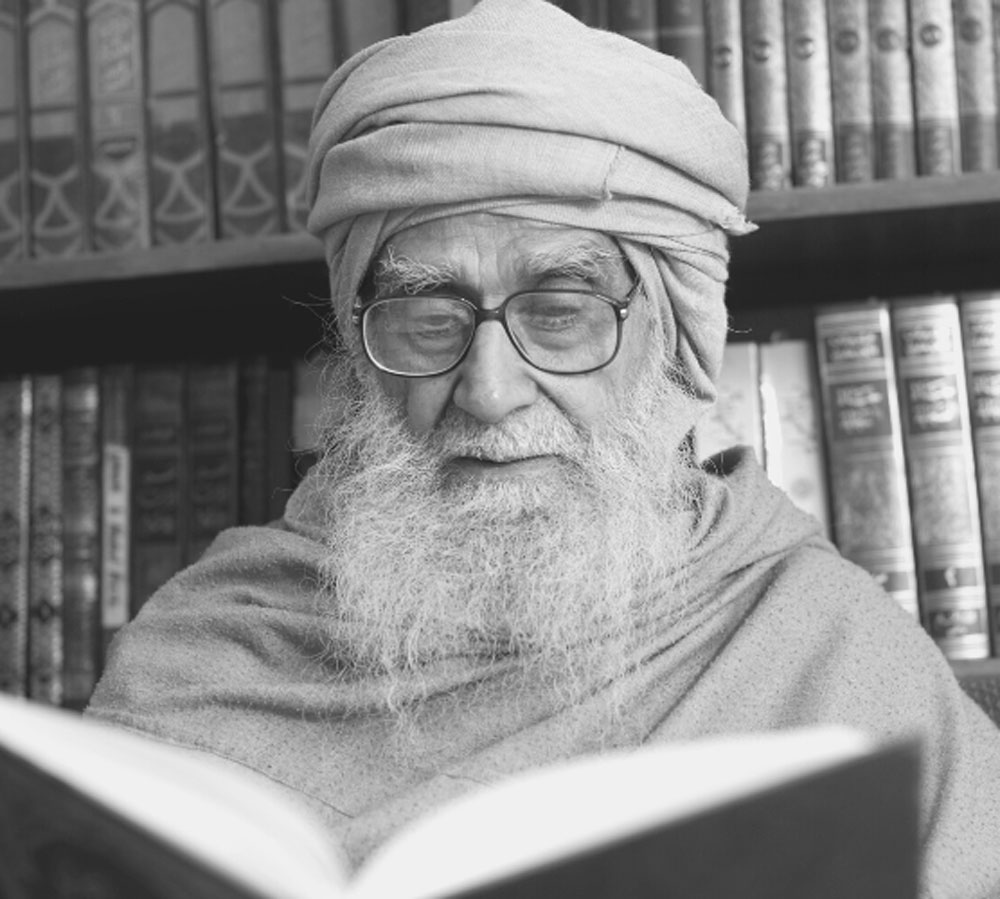Miqat: The designated location one has to enter Makkah in the state of Ihram.
Ihram: The sacred state entered with the intention of performing Hajj or Umrah, involving the wearing of prescribed specific simple attire and adherence to special rules.
Talbiyah: The prayer recited during Hajj or Umrah:
“Labbayk Allahumma Labbayk” —
Here I am, O Allah, here I am.
Tahleel: The declaration of faith: “La ilaha illallah Muhammadur Rasoolullah” (There is no god but God, and Muhammad is His Messenger).
Tawaf: The act of walking around the Ka‘bah seven times in a counterclockwise direction. Types of Tawaf include:
Tawaf al-Qudoom: Arrival Tawaf.
Tawaf al-Ziyarah: Visitation Tawaf (performed on the 10th of Dhu al-Hijjah).
Tawaf al-Wada’: Farewell Tawaf.
Mataf: The open area surrounding the Ka‘bah where pilgrims perform Tawaf.
Umrah: The lesser pilgrimage, involving Ihram, Tawaf, and Sa’i between Safa and Marwah, but without standing at Arafat.
Hajj al-Ifrad: Performing Hajj alone without combining it with Umrah. A person performing this is called a Mufrid.
Qiran: Performing Hajj and Umrah together in one Ihram. A person performing this is called a Qarin.
Tamattu’: Performing Umrah during the Hajj season, exiting Ihram, and later re-entering Ihram for Hajj. A person performing this is called a Mutamatti.
Raml: Walking briskly with short steps and moving the shoulders during the first three rounds of Tawaf.
Idtiba’: The practice of uncovering the right shoulder by passing the upper sheet of Ihram under the right armpit and placing it over the left shoulder during Tawaf.
Sa’i: The ritual of walking seven times between the hills of Safa and Marwah.
The Two Green Markers: The two green indicators marking the area between which one must walk briskly during Sa’i.
Shawt: One round of Tawaf around the Ka‘bah or one round between Safa and Marwah.
Istilam: The act of touching, kissing, or gesturing towards the Hajar al-Aswad (Black Stone) during Tawaf.
Wuquf: The act of standing in devotion at Arafat or Muzdalifah, a pivotal ritual of Hajj.
Rami: The ritual of throwing pebbles at the three pillars (Jamarat al-Aqabah, middle, and first Jamarah) in Mina.
Halq: The act of shaving the head after performing the sacrificial rites.
Taqsir: The Act of trimming the hair after the sacrifice.
Hatim: A semi-circular area adjacent to the Ka‘bah that was originally part of the structure but is now outside of it.
Hajar al-Aswad: The Black Stone embedded in the southeastern corner of the Ka‘bah, touched or kissed or gestured towards during Tawaf as a symbolic act of devotion.
Afaqi: A pilgrim who travels from outside the Miqat boundaries to perform Hajj or Umrah.
Ahl al-Hill: Meaning “the people of the permissible area.” It denotes those living in areas outside the Haram boundaries but within the Miqat boundaries.
Ahl al-Haram: Meaning “the people of the sacred precinct.” refers to the people who reside within the Haram, the sacred precinct surrounding Makkah.
Hadi: An animal brought by a pilgrim for sacrifice as part of the Hajj rituals.
Taqleed: The act of placing a rope or collar around the neck of a sacrificial animal to mark it as an offering for Hajj or Umrah.
Nahr: The ritual sacrifice performed in Mina after the Rami (stoning of the Jamarat) on the 10th of Dhu al-Hijjah.
Rafath: Engaging in idle, inappropriate, or offensive talk, which is strictly prohibited during the sacred days of Hajj.
Jamarat: The three pillars used in the stoning ritual during Hajj, symbolizing the rejection of evil. They are:
Jamarat al-Ula (the first pillar),
Jamarat al-Wusta (the middle pillar), and
Jamarat al-Aqabah (the last pillar),
Note: They are located near Masjid al-Khaif in Mina.
Multazam: The area between the Black Stone and the door of the Ka‘bah, where pilgrims make heartfelt supplications and special prayers.
Rukn al-Aswad: The corner of the Ka‘bah where the Black Stone (Hajar al-Aswad) is located. Tawaf begins by touching or gesturing towards this corner.
Maqam Ibrahim: The stone upon which Prophet Ibrahim (Abraham) stood while constructing the Ka‘bah.
Kaffarah: An expiation for mistakes made during Hajj rituals. It involves offering a sacrifice, fasting, or giving charity to compensate for the error.





